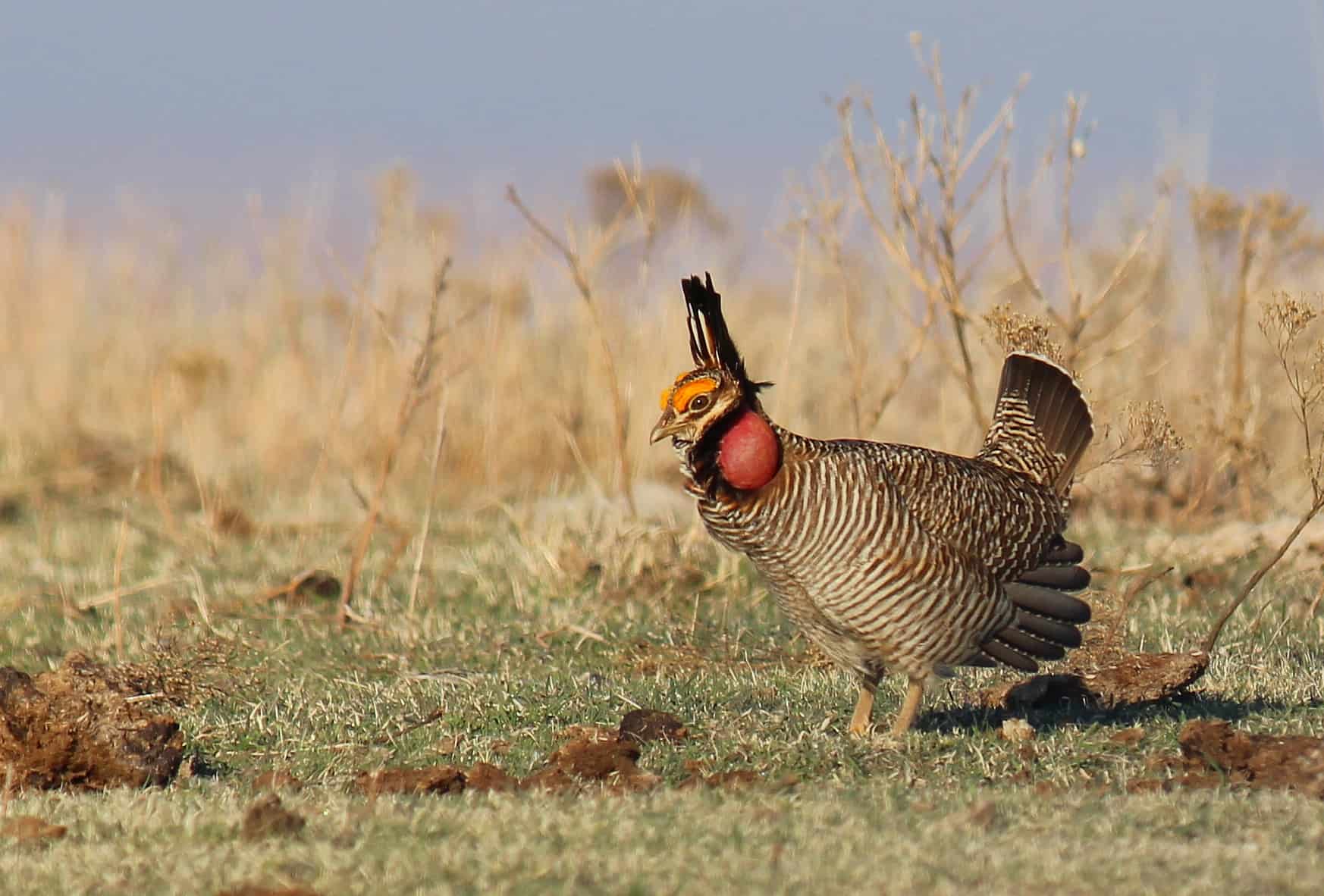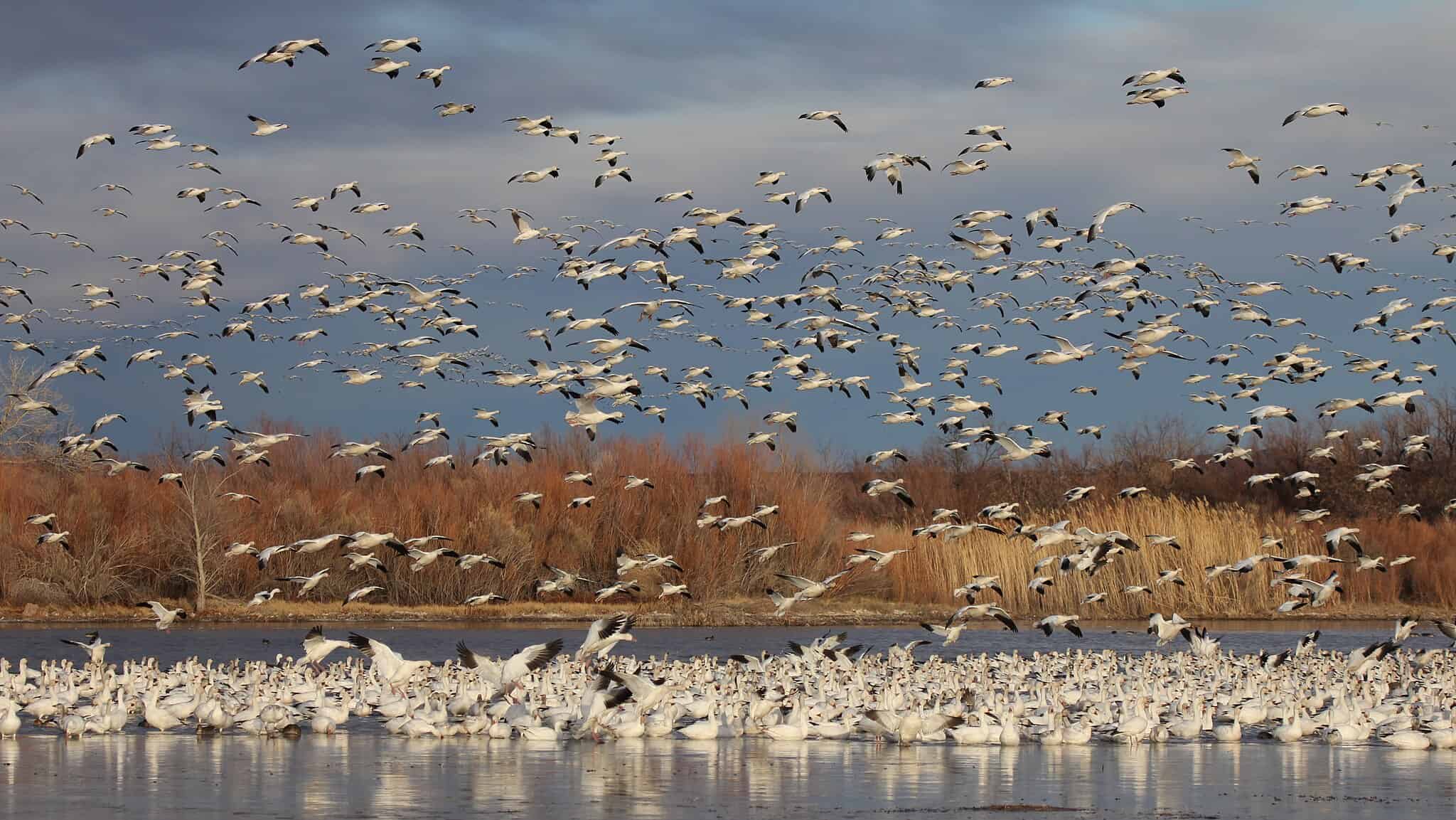Share this article
Wildlife Featured in this article
- lesser prairie chicken
Resolution would end lesser prairie chicken ESA protection
The U.S. Senate recently passed a provision that would end ESA protections for lesser prairie chicken
The U.S. Senate passed a resolution last week to end Endangered Species Act protections for the lesser prairie chicken (Tympanuchus pallidicinctus). The resolution passed with a 50-48 vote falling mostly along party lines.
However, under the Congressional Review Act, Congress can disapprove any recently finalized administration rules with a simple majority vote in both chambers. A companion resolution to invalidate the final rule is now under consideration in the House of Representatives. It has already been approved by the Natural Resources Committee and now awaits a vote on the House floor. President Biden has vowed to veto the resolution.
The lesser prairie chicken has been at the center of Endangered Species Act controversy for years. It was first made a candidate for listing in 1998, but no formal action was taken until 2014, when the species was listed as threatened. The oil and gas industry, among others, soon challenged that decision, citing concerns about the listings’ effect on oil and gas production.
In 2015, the listing was struck down in U.S. District Court because when deciding to list the species, the agency did not give enough weight to the potential positive impacts of the habitat conservation plan that state wildlife agencies and other partners developed. When the Obama administration dropped its appeal of the court’s decision in 2016, the Center for Biological Diversity and others petitioned the species for listing. The U.S. Fish and Wildlife Service did not act on that petition, prompting those groups to file a lawsuit in 2019.
The U.S. Fish and Wildlife Service proposed listing again in June 2021 as part of a settlement in that lawsuit. In late 2022, the USFWS announced its decision to list the species. Under the rule, the southern distinct lesser prairie chicken population in eastern New Mexico and the southwest Texas Panhandle would be listed as an endangered species. The northern distinct population in the northeast Texas Panhandle, southeast Colorado, south-central Kansas and western Oklahoma would be listed as a threatened species. The agency justified the listing by noting that lesser prairie chicken populations have declined throughout their range by an estimated 90% since the early 20th century, from hundreds of thousands, to a total of just over 32,000 individuals today.
The northern district listing decision also included what is known as a Section 4(d) rule— a special provision for threatened species that allows certain actions to continue when those actions are not considered detrimental to the overall recovery of the species. In late January 2023, the USFWS announced it would delay implementation of that final listing rule by two months to allow additional time to ensure that livestock grazing plans and other voluntary protection measures were in place. The rule went into effect in late March, and in April was challenged by several states, citing procedural and legal defects in the rule-making process.
Read TWS’ Standing Position on Threatened and Endangered Species in the U.S. and Position Statement on the U.S. Endangered Species Act
Header Image: The lesser prairie chicken, which ranges across five western U.S. states, is at the center of an Endangered Species Act controversy. Credit: USFWS Mountain-Prairie Region








